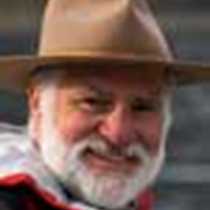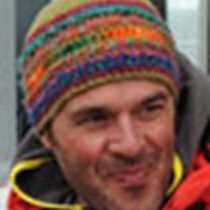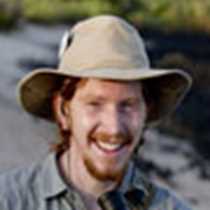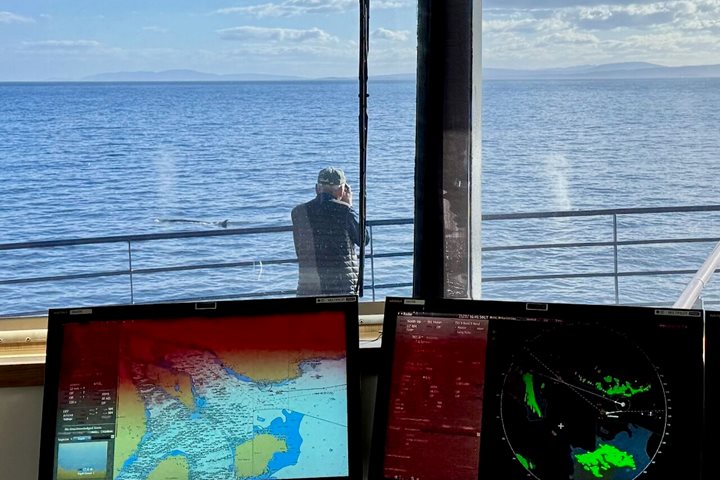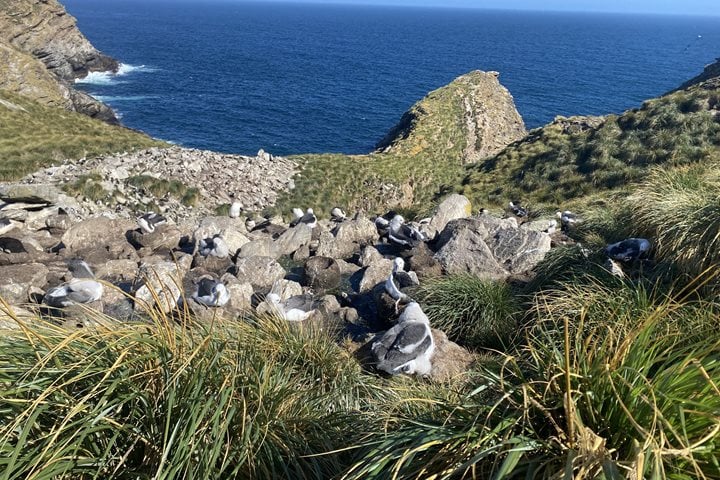Wow! And wow again and again! It was an incredibly memorable day at sea, the kind of day that is rarely experienced—even for those of us who have traveled this route many times. But it would be helpful to begin this log with the beginning of the day…
Most of us were delighted that the sea conditions were a lot gentler than those we were expecting. This ensured a good night’s rest as National Geographic Explorer made her way across the South Atlantic Ocean to the Isle of South Georgia.
The keen birders were up bright and early on the bridge, sharing chatter whilst keeping a keen eye on the vast, open sea. Soon we started spotting seabirds, the more known species to us: southern giant petrels,
Breakfast was a hasty affair, so as not to miss a thing.
A blue ship was sighted off our starboard quarter, and as we drew closer, we could see that it was a fishing vessel. Our expedition leader announced that it was called Hunter and it was a Falkland Island-owned and registered longline fishing boat—the only one allowed to carry out this type of fishing in these waters. As we drew closer, hundreds of seabirds could be seen around the fishing vessel. Those of us on the decks scanned the area to see if there were any rarities to be seen.
The rest of the morning was spent on
After lunch, another presentation was scheduled. But only a few minutes into “What Do You Want to Tell With Your Photography?” we were called out onto the decks as long-finned pilot whales and southern right whale dolphins had been spotted.
As we poured out on to the decks, the first sign that something fantastic was about to happen was made evident by the ecstatic reactions from the staff. We headed for all the different vantage points on the ship and as we gazed out ahead, the sea ahead of us was a foaming mass. Hundreds of black-and-white dolphins were leaping out of the water. A little while later, the ship was just behind thousands of southern right whale dolphins. They have no dorsal fin, and they have spectacular and dramatic black uppers and white underparts. By this stage, everybody was beside themselves with excitement, watching an incredible wildlife spectacle unfold before their eyes. This species is rarely seen at all, let alone in these numbers. After a long time spent with them, we turned around to resume our course for South Georgia. We were completely overwhelmed.
A special tea of
The interrupted presentation was concluded after tea, followed by cocktails, briefing, recap, and dinner. It was a memorable day and one that would long linger with us.



